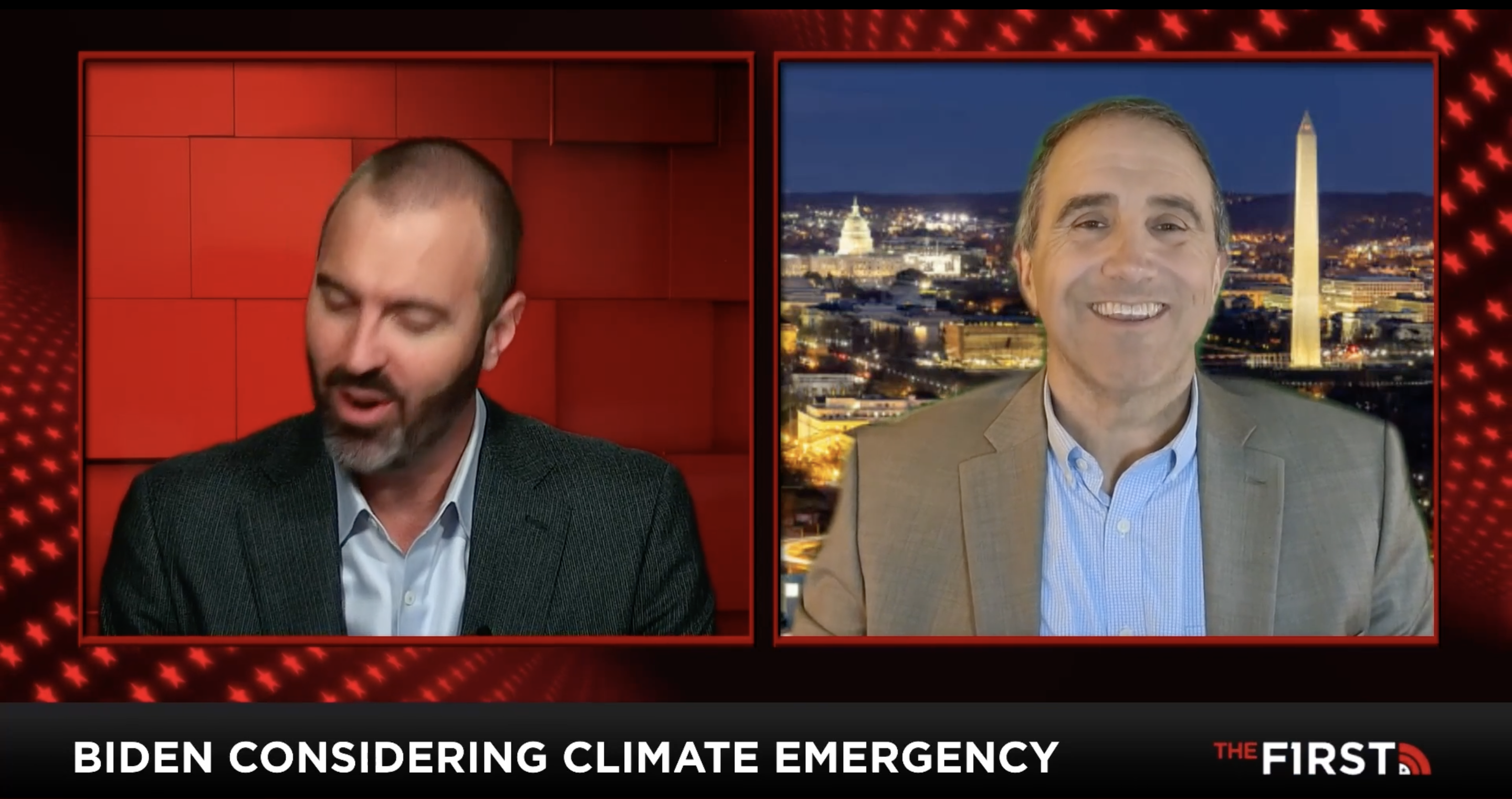The faux urgency of the climate crisis is giving us no time or space to build a secure energy future
by Judith Curry
There is a growing realization that emissions and temperature targets are now detached from the issues of human well-being and the development of our 21st-century world.
JC note: this is the text of my op-ed for SkyNews that was published several weeks ago
For the past two centuries, fossil fuels have fueled humanity’s progress, improving standards of living and increasing the life span for billions of people. In the 21st century, a rapid transition away from fossil fuels has become an international imperative for climate change mitigation, under the auspices of the UN Paris Agreement. As a result, the 21st century energy transition is dominated by stringent targets to rapidly eliminate carbon dioxide emissions. However, the recent COP27 meeting in Egypt highlighted that very few of the world’s countries are on track to meet their emissions reductions commitment.
The desire for cleaner, more abundant, more reliable and less expensive sources of energy is universal. However, the goal of rapidly eliminating fossil fuels is at odds with the urgency of providing grid electricity to developing countries. Rapid deployment of wind and solar power has invariably increased electricity costs and reduced reliability, particularly with increasing penetration into the grid. Allegations of human rights abuses in China’s Xinjiang region, where global solar voltaic supplies are concentrated, are generating political conflicts that threaten the solar power industry. Global supply chains of materials needed to produce solar and wind energy plus battery storage are spawning new regional conflicts, logistical problems, supply shortages and rising costs. The large amount of land use required for wind and solar farms plus transmission lines is causing local land use conflicts in many regions.
Given the apocalyptic rhetoric surrounding climate change, does the alleged urgency of reducing carbon dioxide emissions somehow trump these other considerations? Well, the climate ‘crisis’ isn’t what it used to be. The COP27 has dropped the most extreme emissions scenario from consideration, which was the source of the most alarming predictions. Only a few years ago, an emissions trajectory that produced 2 to 3 oC warming was regarded as climate policy success. As limiting warming to 2 oC seems to be in reach, the goal posts were moved to limit the warming target to 1.5 oC. These warming targets are referenced to a baseline at the end of the 19th century; the Earth’s climate has already warmed by 1.1 oC. In context of this relatively modest warming, climate ‘crisis’ rhetoric is now linked to extreme weather events.
Attributing extreme weather and climate events to global warming can motivate a country to attempt to rapidly transition away from fossil fuels. However, we should not delude ourselves into thinking that eliminating emissions would have a noticeable impact on weather and climate extremes in the 21st century. It is very difficult to untangle the roles of natural weather and climate variability and land use from the slow creep of global warming. Looking back into the past, including paleoclimatic data, there has been more extreme weather everywhere on the planet. Thinking that we can minimize severe weather through using atmospheric carbon dioxide as a control knob is a fairy tale. In particular, Australia is responsible for slightly more than 1% of global carbon emissions. Hence, Australia’s emissions have a minimal impact on global warming as well as on Australia’s own climate.
There is growing realization that these emissions and temperature targets have become detached from the issues of human well-being and development. Yes, we need to reduce CO2 emissions over the course of the 21st century. However once we relax the faux urgency for eliminating CO2 emissions and the stringent time tables, we have time and space to envision new energy systems that can meet the diverse, growing needs of the 21st century. This includes sufficient energy to help reduce our vulnerability to surprises from extreme weather and climate events.



